The Multiwind project represents the restarting of a personal research project on electronic wind instruments I've had going for a very long time. The research produced designs for many subsystems with unique and powerful capabilities but the challenge has always been to integrate them into something that could be made inexpensively and in quantity. Five years ago I put the project aside because the upfront costs of making safe-to-use mouthpieces was going to be too high (and due to some eye problems which are now somewhat improved).
Now with the vibrant maker movement, open software and hardware, online fabrication services and communities like Hackaday, the time is right to restart the project.
So this is the first progress report. Lots has already been done since restarting the project:
- Completed selecting and unit-testing the sensing, electrical and mechanical components.
- Completed a 3D model of the mechanical design of the mouthpiece, its enclosure, and how the mouthpiece unit connects to "finger units" and a "neck unit". This image shows the mouthpiece on a hypothetical finger unit. No keys are shown on the finger unit as the layout is variable. The display on top of the mouthpiece may be excluded if the mouthpiece is used as a slave to another unit that provides a user interface
![]()
- This image shows the same mouthpiece unit deployed as a breath controller and supported by what I call a "neck unit".
![]()
- Designed, fabricated and tested the first version of the mouthpiece PCB. The first image shows the breadboarding of the pressure sensor and instrumentation amplifier. The second image shows the first version of the PCB. A second version, significantly evolved, is now being designed.
- Fabricated and tested numerous iterations of the mouthpiece itself, perfecting the positioning of the sensors. It's a very small unit for all that it needs to do so this has been challenging. Finally I have an excellent design.
- A major issue has been how to manufacture at a reasonable cost mouthpieces in quantity out of a material that is safe to put in one's mouth and meets all the geometric requirements with tight tolerances.
- I've done quick iterative testing with my Ultimaker 3D printer but 3D printed materials are not safe for oral contact for long term use. For longer testing I order mouthpieces from Protomold milled from FDA compliant Acetal but these cost about $170 per unit.
- I've decided that although the upfront costs will be high the only way to make mouthpieces will be injection molding. The mouthpiece 3D model has been carefully designed to be injection moldable. Protomold will be able to make a mold and produce an initial batch of 25 to 100 mouthpieces for under $2500 and I'll probably go ahead with that when the design is perfected so I have lots to use for my own experimentation and so I can make mouthpiece units for anyone else who might want to experiment with making wind instruments.
- The only part that really needs to be injection molded is the small plastic component that contains the sensors and goes in one's mouth. This "mouth-engaging unit" attaches with two 0-80 screws to a 3D printed bezel that adapts it to an extruded aluminum enclosure. The injection molded part holds the photosensors, some light pipes and stainless steel tubes all of which will be potted into place with FDC compliant RTV silicone or casting urethane.
- The back bezel of the enclosure can also be 3D printed. The enclosure comes from Hammond who make a wide range of beautiful but inexpensive extruded aluminum enclosures that come in natural aluminum, black, red and blue.
- The goal is for the total bill of materials for a mouthpiece including the enclosure and a Teensy LC to be under $50 . This costs the molded mouthpieces at $3 per unit which is feasible after an initial $2500 fee for the mold and initial small production run. To achieve this price these plastic parts must be made in batches of about 500 or more. I've decided that I'm willing to pay the upfront costs if this is the only way to get the project going.
- The mounting system for the mouthpiece will be based on 1/8" stainless steel wire bent as required. The entire neck support unit for the breath controller and attachments to various finger units can be fabricated the same way. The steel wire is attached to the back of the mouthpiece unit with a single thumb nut. The mouthpiece can be locked at a chosen height on the double-uprights of wire.
![]()
- Next steps:
- Design and order the next version of the PCB
- Order all necessary components
- Assemble and test a complete PCB and mouthpiece unit.
- Iterate the design as needed. Every subsystem has been unit tested and many of these concepts are based on designs I've successfully prototyped before, but probably at least one or two rounds integration testing will be required.
- In parallel with the above, develop the software.
- Investigate the design a finger unit board or system of boards, as compact as possible. Finger unit could function as a Grove I2C slave to the mouthpiece, or maybe turn it around and make the finger unit the master. Goal would be to support 16 or more channels of touch sensing, about four channels of ADC, a few channels of I2C interfaced GPIO and possibly a prototyping breadboard area. Much of this may be able to use available board level components. Alternatively it may be more convenient to base the finger unit electronics on one or even two Teensy processors.
- Investigate including a rechargeable lithium polymer battery either in the mouthpiece or the finger unit.
- Investigate wireless communication.
 Chris Graham
Chris Graham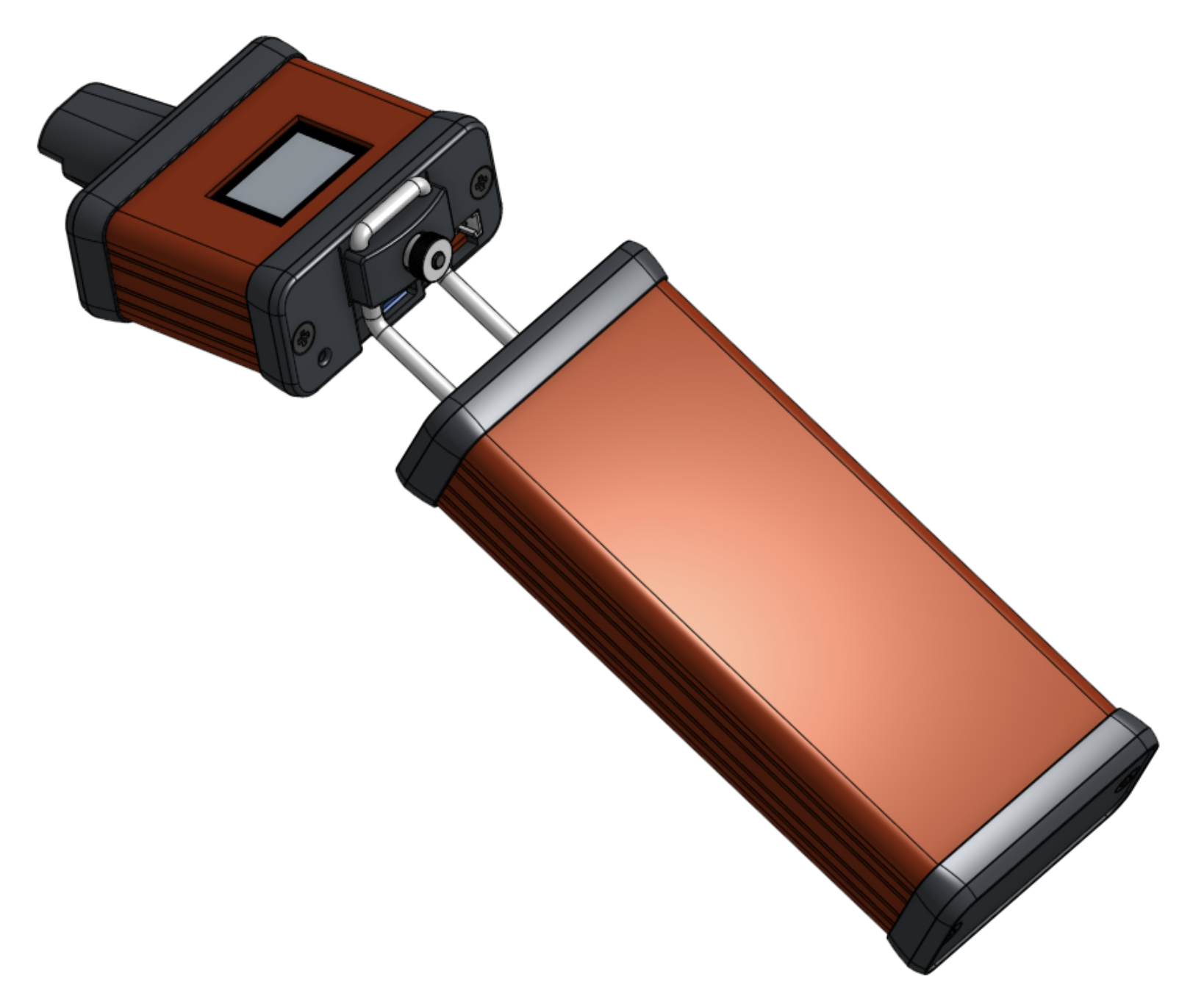

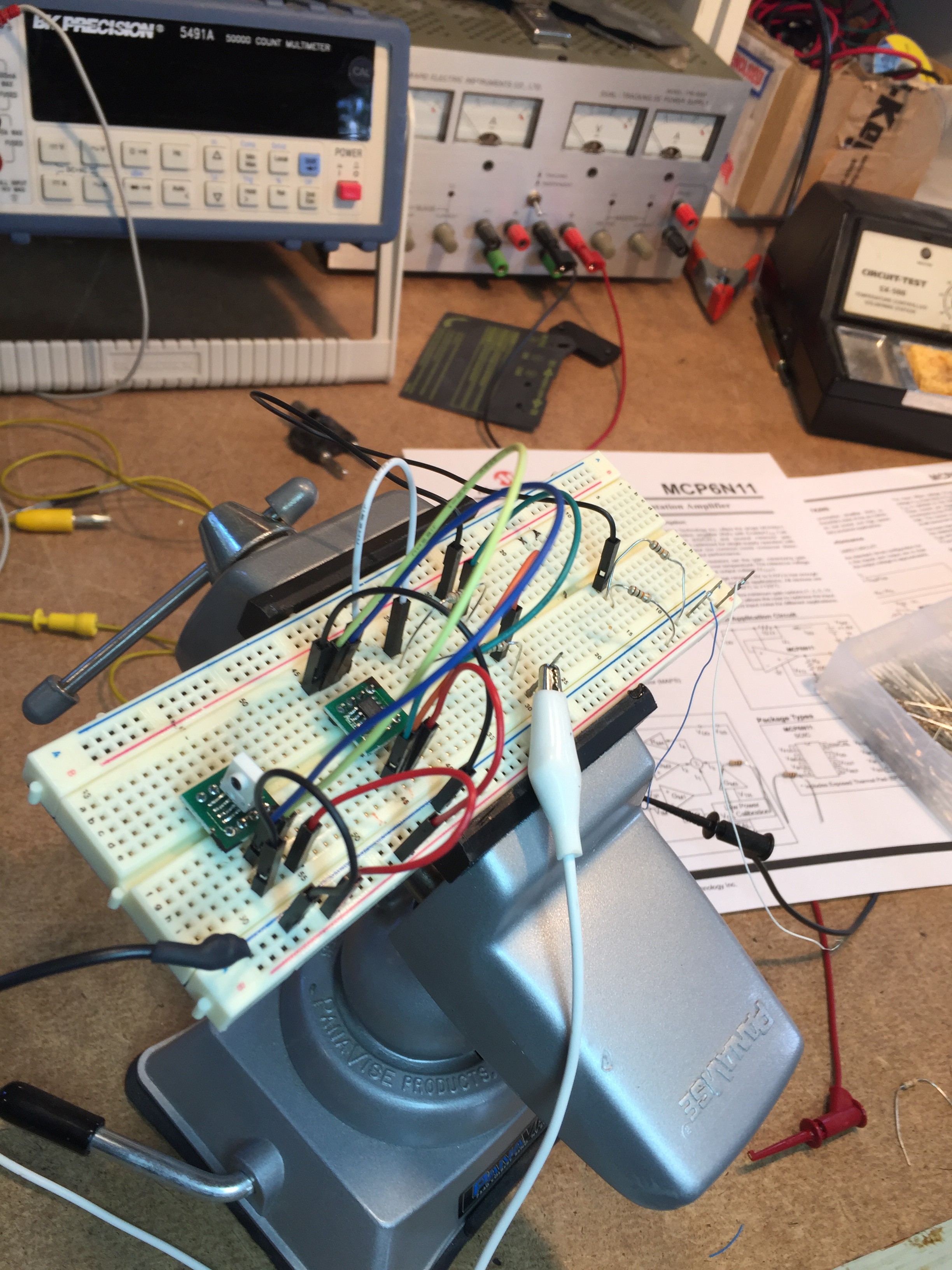
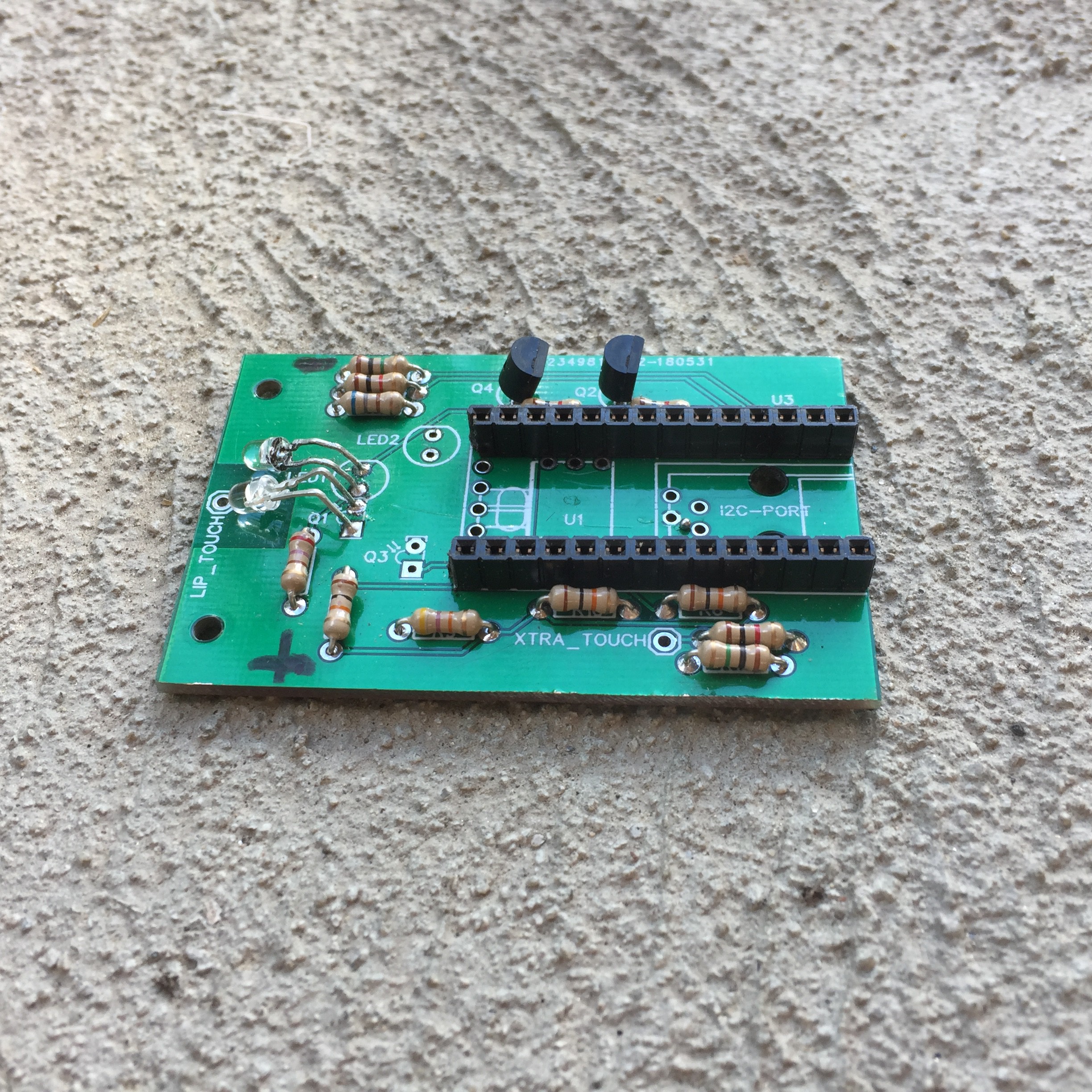


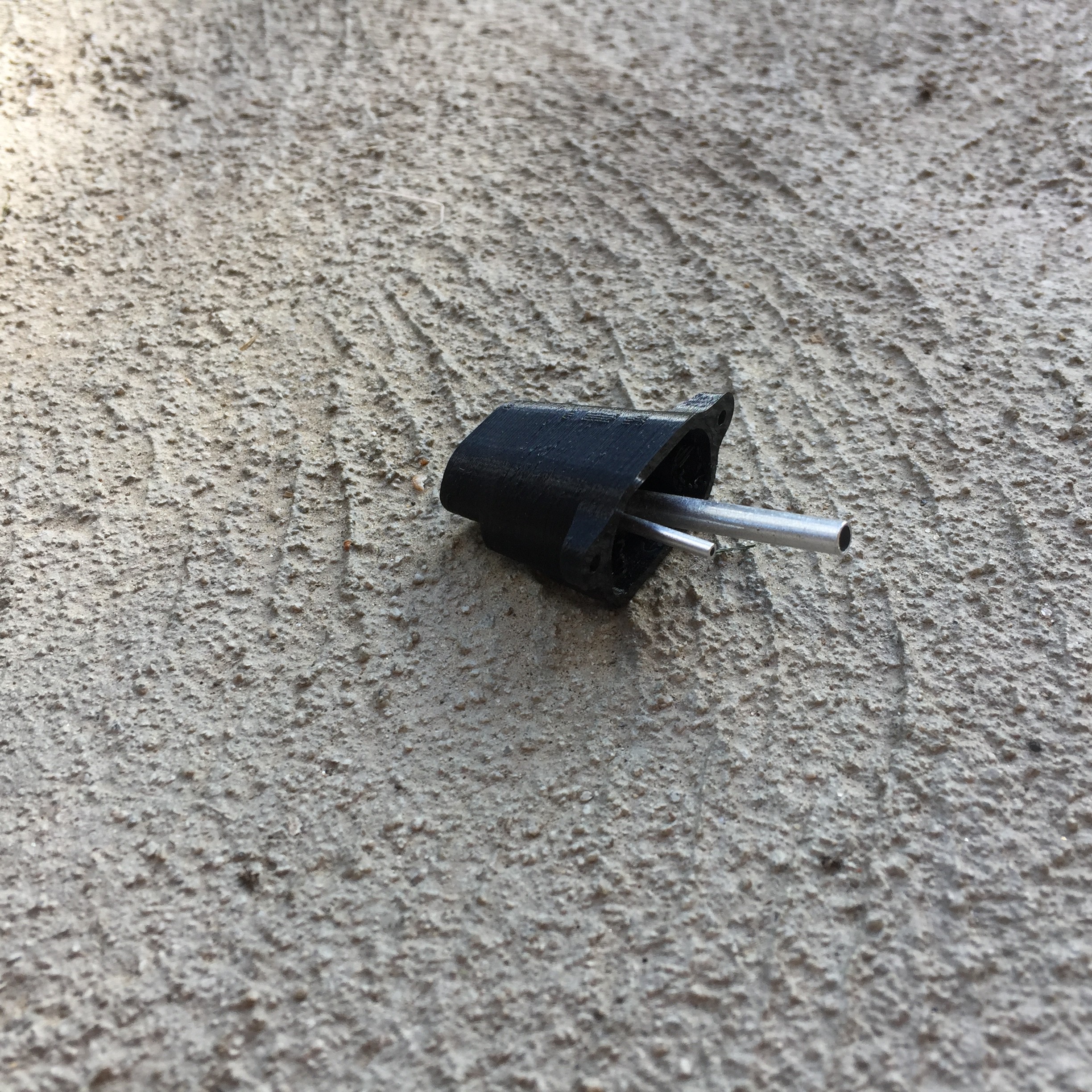
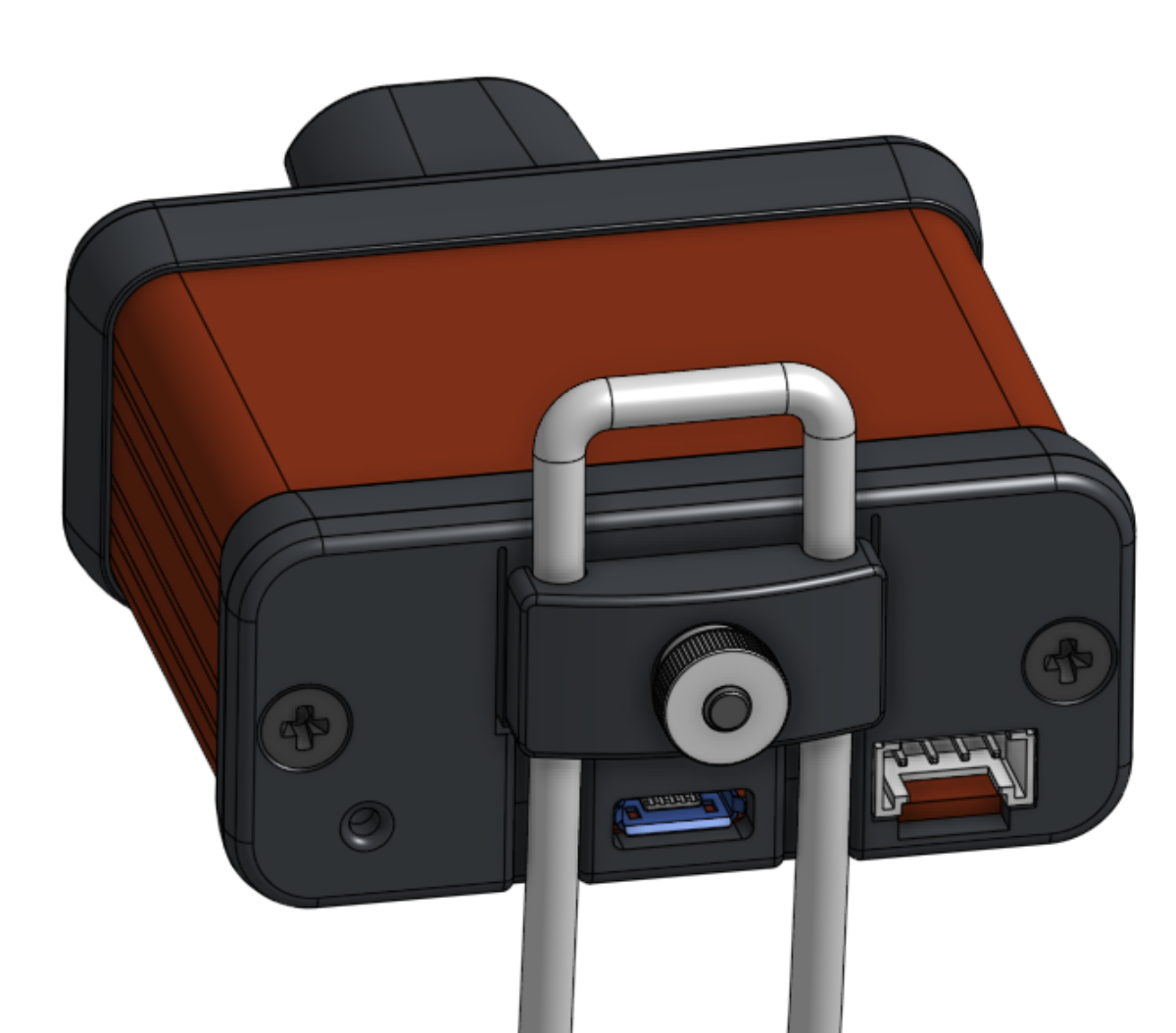
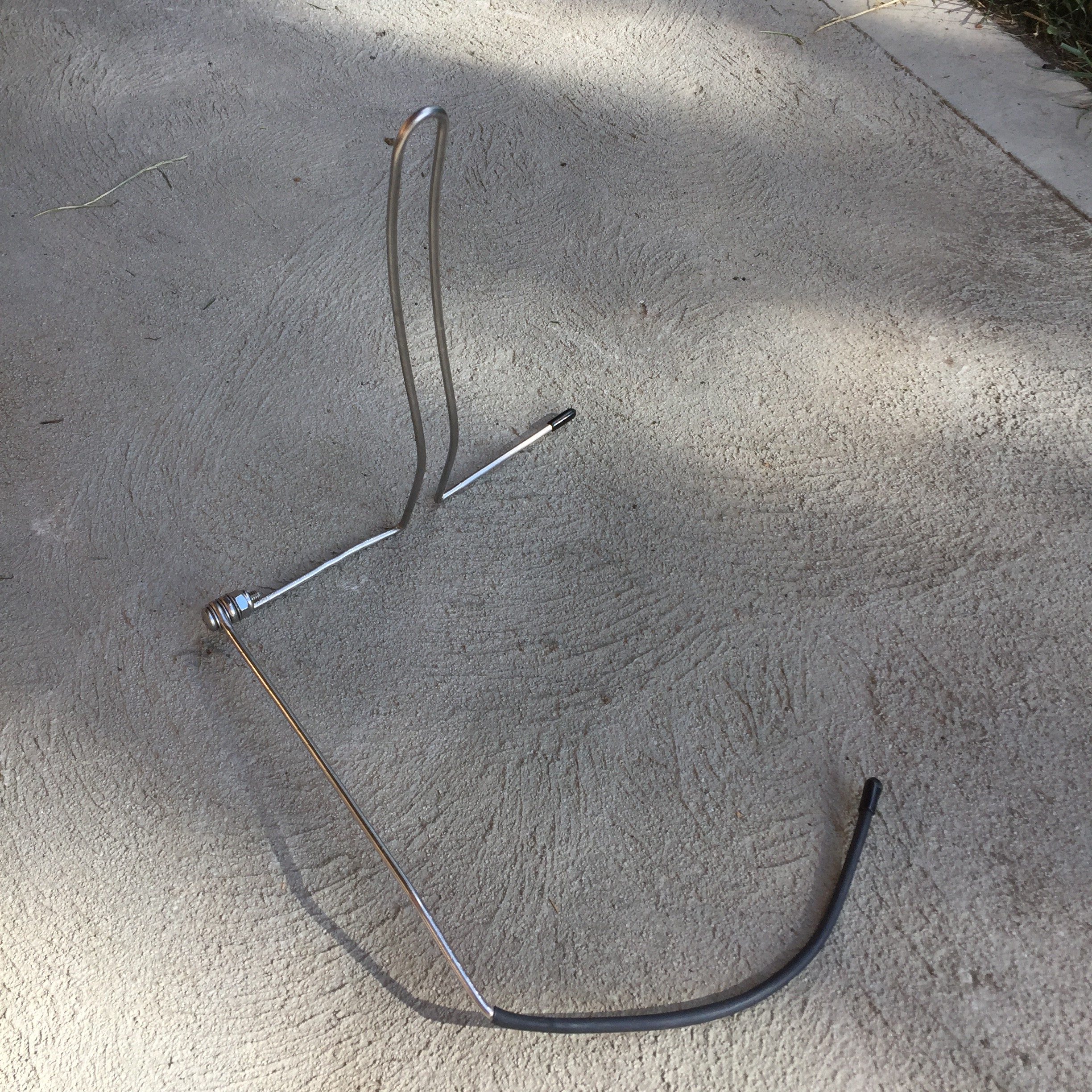
Discussions
Become a Hackaday.io Member
Create an account to leave a comment. Already have an account? Log In.
I believe Imogen Heap would show excitement for your ideas and development. She has engineers she works with to develop novel HMI instruments.
Are you sure? yes | no